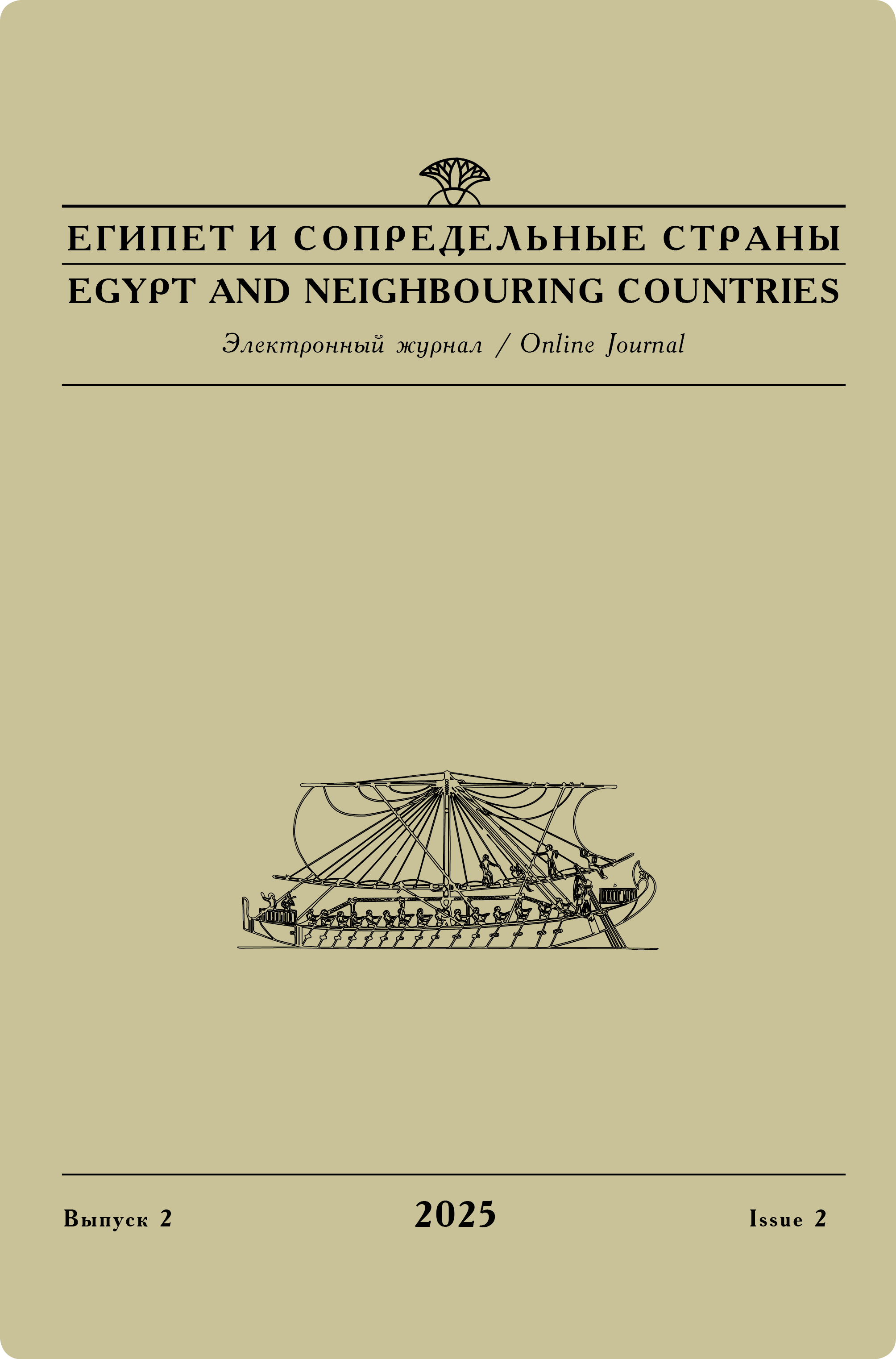Issue 2, 2020
S. V. Vasilyev, S. B. Borutskaya
Paleoantropologicheskii analiz materialov, sobrannykh v poverkhnostnykh sloiakh nekropolia Deir-el'-Banat (Egipet) [Paleoanthropological analysis of materials collected in the surface layers of the Deir el-Banat necropolis (Egypt)]
The article presents results of a comprehensive paleoanthropological study of skeletal material found in the surface layers on the necropolis of Deir el-Banat. The material is not clearly linked to the chronological periods of the necropolis formation (Greco-Roman — Early Coptic time). The population buried on the Deir el-Banat necropolis, most likely, was not homogeneous. The women of the studied group are characterized by greater heterogeneity. Craniologically, this population belongs to the Mediterranean anthropological variant. This population had growth slightly above average, and the male part of the population was more diverse in growth parameters. There is a rather weak development of the muscular component, and the pectoral-muscular variant of the constitution was prevailing. A number of pathological changes indicate malnutrition in general and a lack of calcium in food in particular. Traumatic manifestations are very rare.
Keywords:
craniology, osteology, muscle relief, paleopathology, Egypt, Greco-Roman period, Copts.
Original language — Russian.
DOI: 10.24412/2686-9276-2020-2-1738.
Referring: Vasilyev S. V., Borutskaya S. B. Paleoanthropological analysis of materials collected in the surface layers of the Deir el-Banat necropolis (Egypt) [in Russian] // Egypt and neighbouring countries 2 (2020): 17–38. DOI: 10.24412/2686-9276-2020-2-1738.
Read full article




